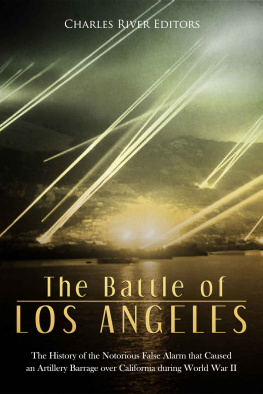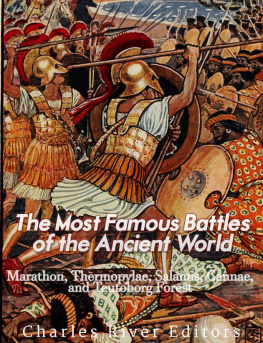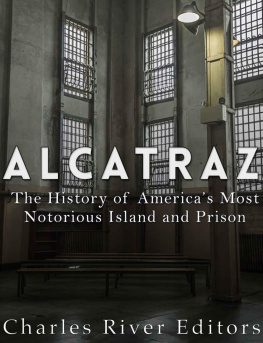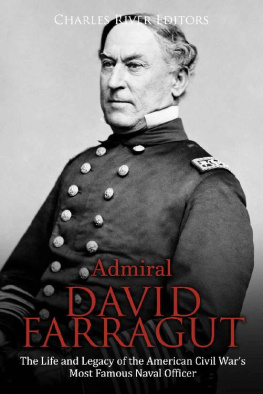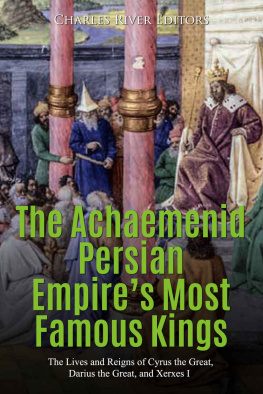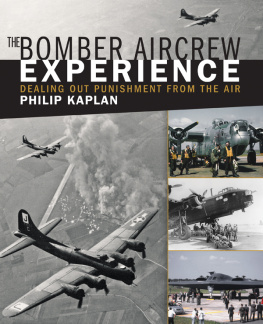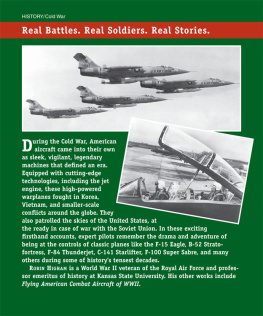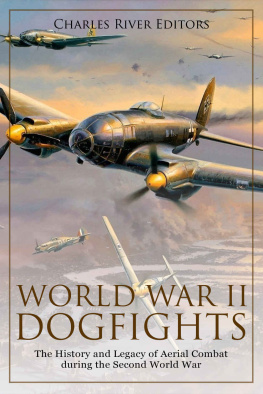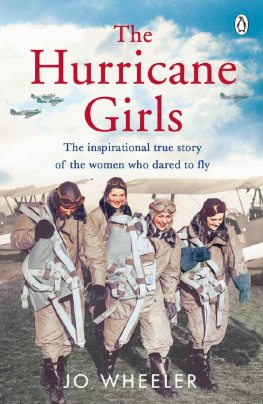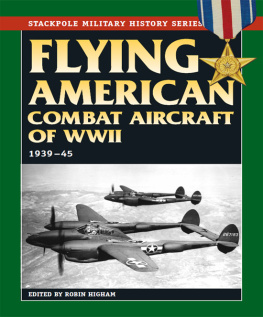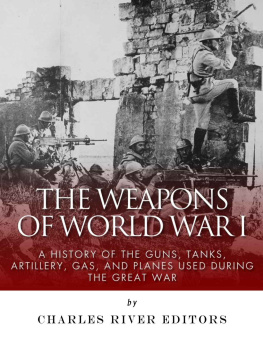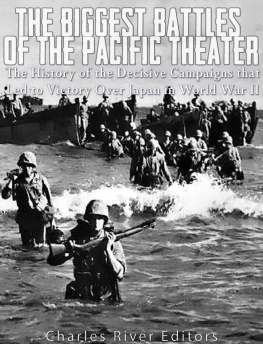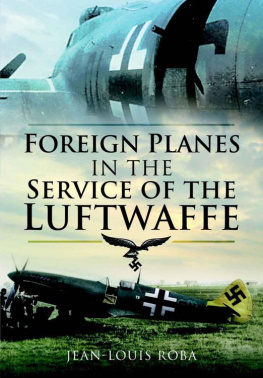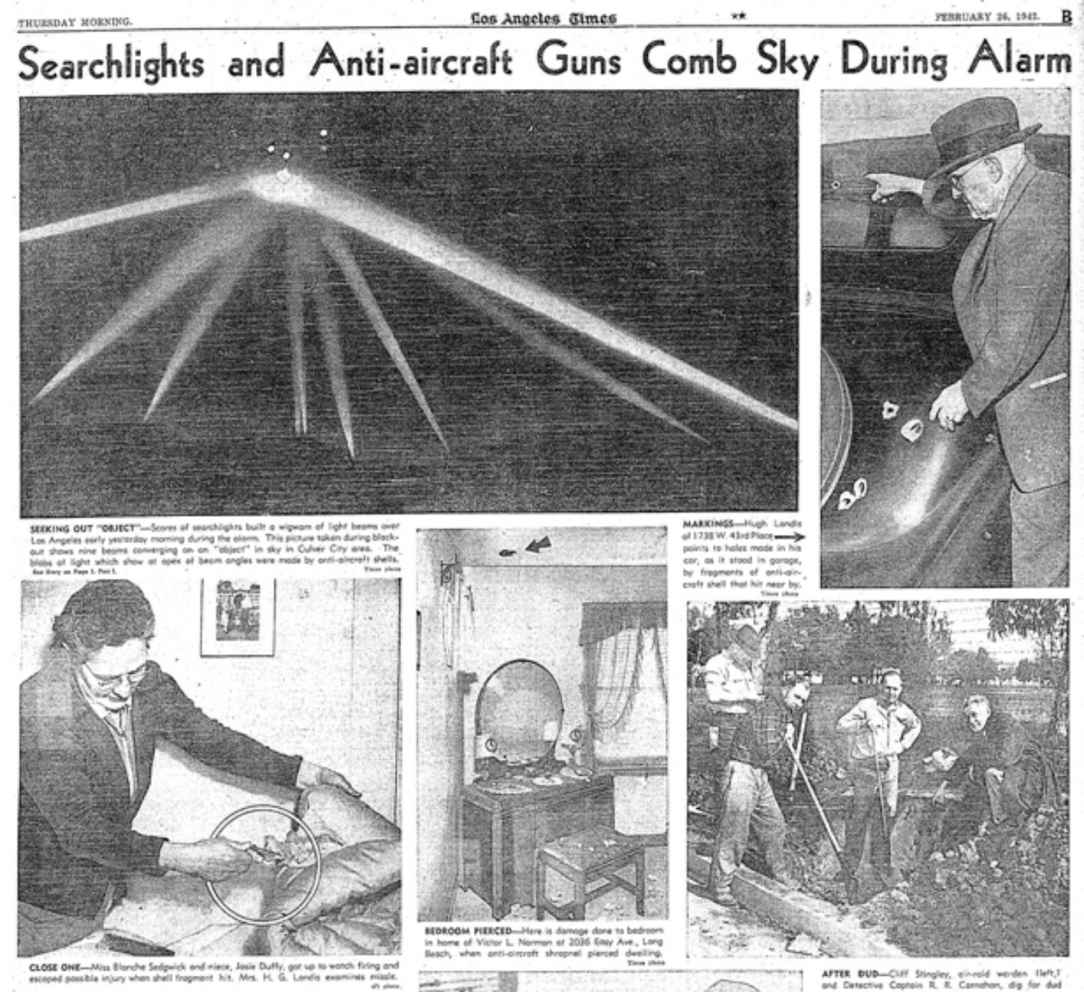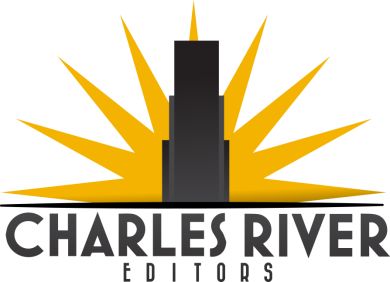Charles River Editors - The Battle of Los Angeles: The History of the Notorious False Alarm that Caused an Artillery Barrage over California during World War II
Here you can read online Charles River Editors - The Battle of Los Angeles: The History of the Notorious False Alarm that Caused an Artillery Barrage over California during World War II full text of the book (entire story) in english for free. Download pdf and epub, get meaning, cover and reviews about this ebook. year: 2018, publisher: CreateSpace Independent Publishing Platform, genre: Romance novel. Description of the work, (preface) as well as reviews are available. Best literature library LitArk.com created for fans of good reading and offers a wide selection of genres:
Romance novel
Science fiction
Adventure
Detective
Science
History
Home and family
Prose
Art
Politics
Computer
Non-fiction
Religion
Business
Children
Humor
Choose a favorite category and find really read worthwhile books. Enjoy immersion in the world of imagination, feel the emotions of the characters or learn something new for yourself, make an fascinating discovery.
- Book:The Battle of Los Angeles: The History of the Notorious False Alarm that Caused an Artillery Barrage over California during World War II
- Author:
- Publisher:CreateSpace Independent Publishing Platform
- Genre:
- Year:2018
- Rating:3 / 5
- Favourites:Add to favourites
- Your mark:
The Battle of Los Angeles: The History of the Notorious False Alarm that Caused an Artillery Barrage over California during World War II: summary, description and annotation
We offer to read an annotation, description, summary or preface (depends on what the author of the book "The Battle of Los Angeles: The History of the Notorious False Alarm that Caused an Artillery Barrage over California during World War II" wrote himself). If you haven't found the necessary information about the book — write in the comments, we will try to find it.
All Americans are familiar with the day that will live in infamy. At 9:30 a.m. on Sunday, December 7, 1941, Pearl Harbor, the advanced base of the United States Navys Pacific Fleet, was ablaze. It had been smashed by aircraft launched by the carriers of the Imperial Japanese Navy. All eight battleships had been sunk or badly damaged, 350 aircraft had been knocked out, and over 2,000 Americans lay dead. Indelible images of the USS Arizona exploding and the USS Oklahoma capsizing and floating upside down have been ingrained in the American conscience ever since. In less than an hour and a half the Japanese had almost wiped out Americas entire naval presence in the Pacific.
Roosevelt addressed Congress and the nation the following day, giving a stirring speech seeking a declaration of war against Japan. The beginning lines of the speech are instantly familiar, with Roosevelt forever marking Pearl Harbor in the national conscience as a date which will live in infamy. Congress voted overwhelmingly in support of an immediate declaration of war: 82-0 in the Senate and 388-1 in the House. Churchill had said that Britain would declare war within the hour if Japan attacked America. There was no way that the British were going to forget the support they had already received from Roosevelt. Britain was at war with Japan the same day. The other Axis powers quickly followed suit, with Germany and Italy declaring war on America and vice versa by December 11.
Today Pearl Harbor is remembered in several important ways. First, it is widely viewed as a turning point for World War II, and if Hitlers attack on the Soviet Union in June 1941 had not already sealed his fate, his declaration of war against America that December did. Beyond that, the day provided some important pointers for how the war would pan out in the Pacific. Japans conduct of battle was exposed as aggressive but inflexible, and its pilots proved brave but undisciplined. The Americans, derisively portrayed as decadent and weak, showed that they could and would fight.
In the immediate aftermath, Americans immediately rallied around the flag, invoking Pearl Harbor as the reason necessitating it, but people were understandably nervous in the first few months of 1942. Japan badly battered the American fleet and invaded the Philippines, leaving many to assume that an attack on the American mainland was inevitable. The heightened nerves led to one of the strangest events of the war on the night of February 24-25, 1942, when guns across Los Angeles lit up the sky in response to alarms about Japanese plans overhead.
Most people believe that it was a combination of illusion, miscommunication, and a dreadful domino effect that led to what is now remembered as the Battle of Los Angeles, but some continue to insist otherwise. The Battle of Los Angeles: The History of the Notorious False Alarm that Caused an Artillery Barrage over California during World War II explores the events leading up to the battle and the aftermath.
Charles River Editors: author's other books
Who wrote The Battle of Los Angeles: The History of the Notorious False Alarm that Caused an Artillery Barrage over California during World War II? Find out the surname, the name of the author of the book and a list of all author's works by series.

